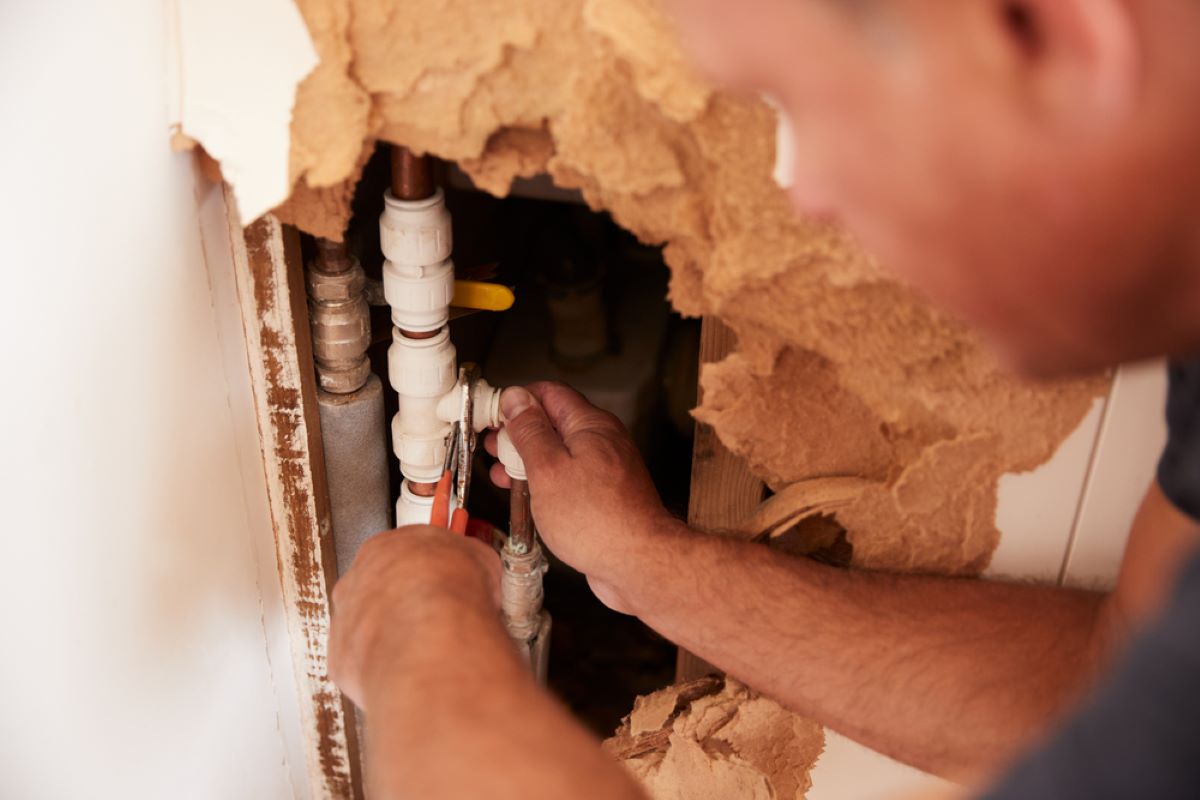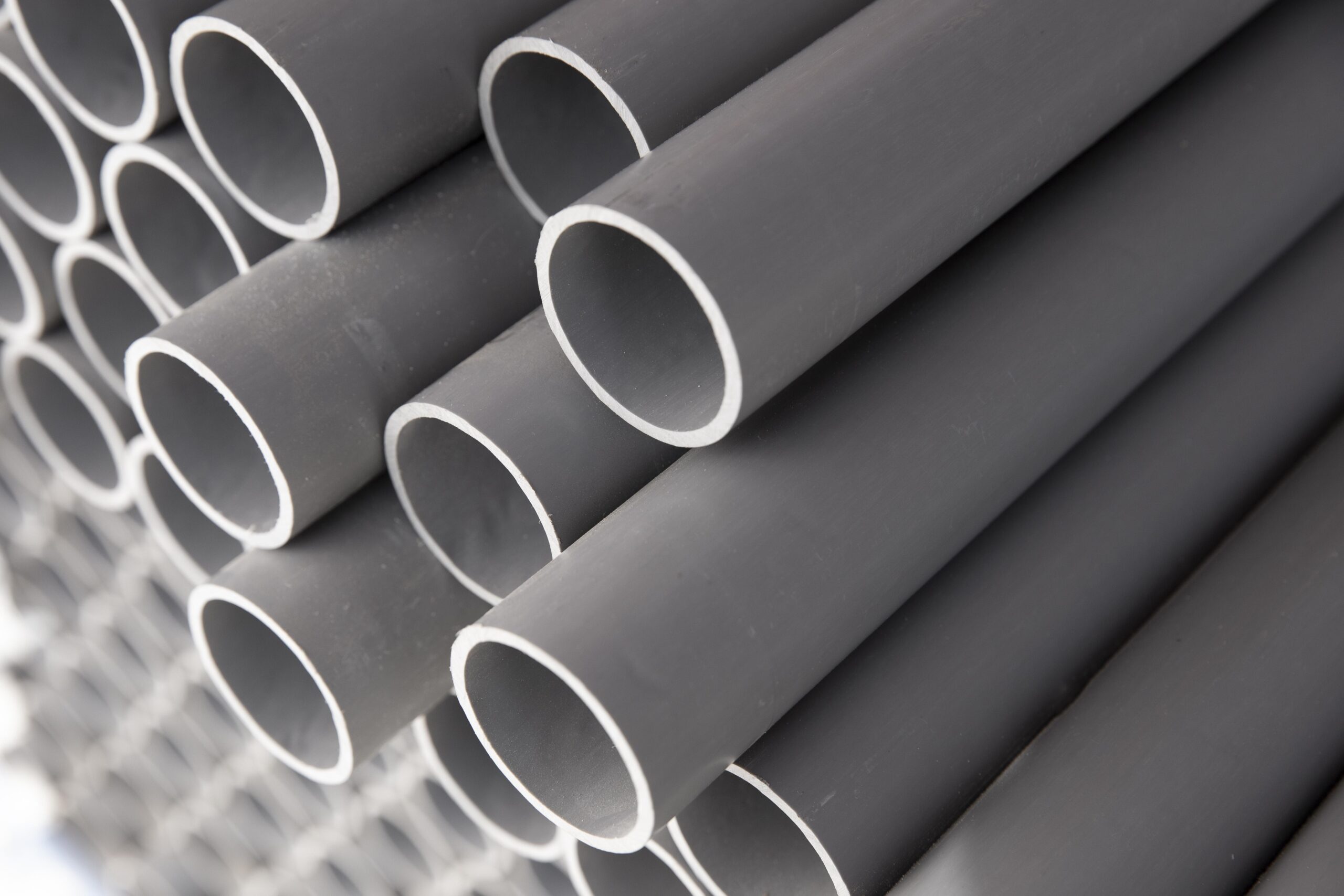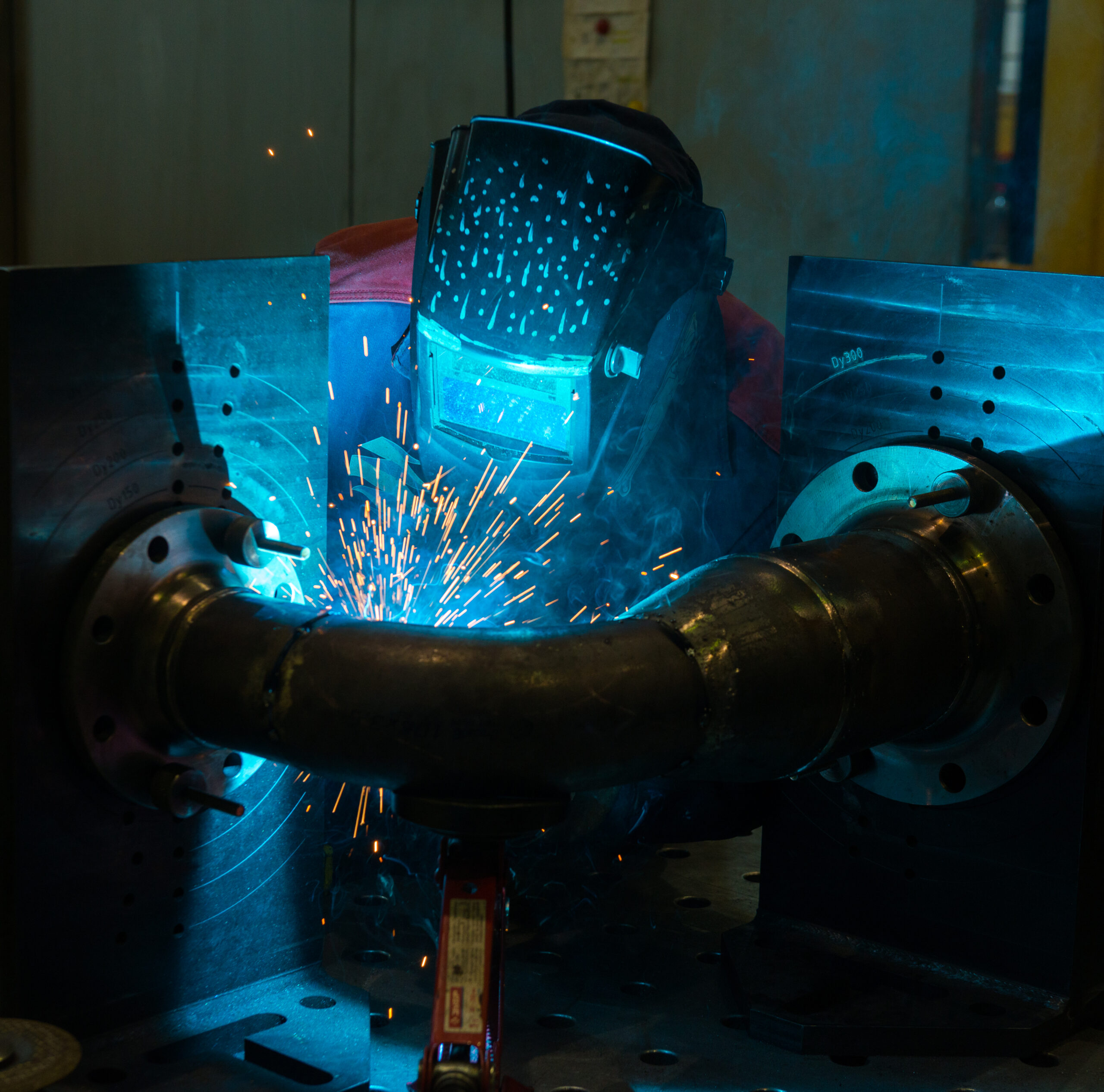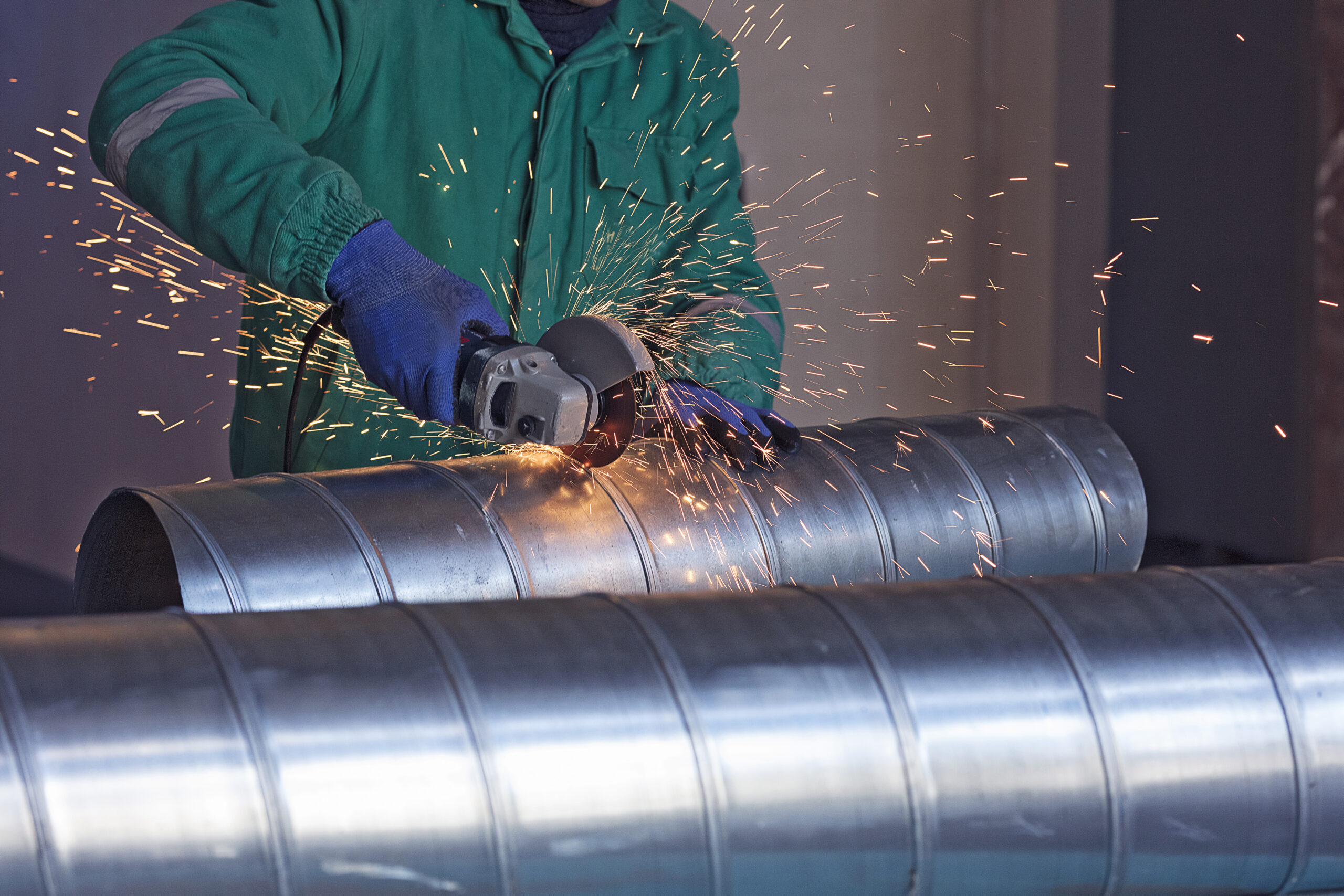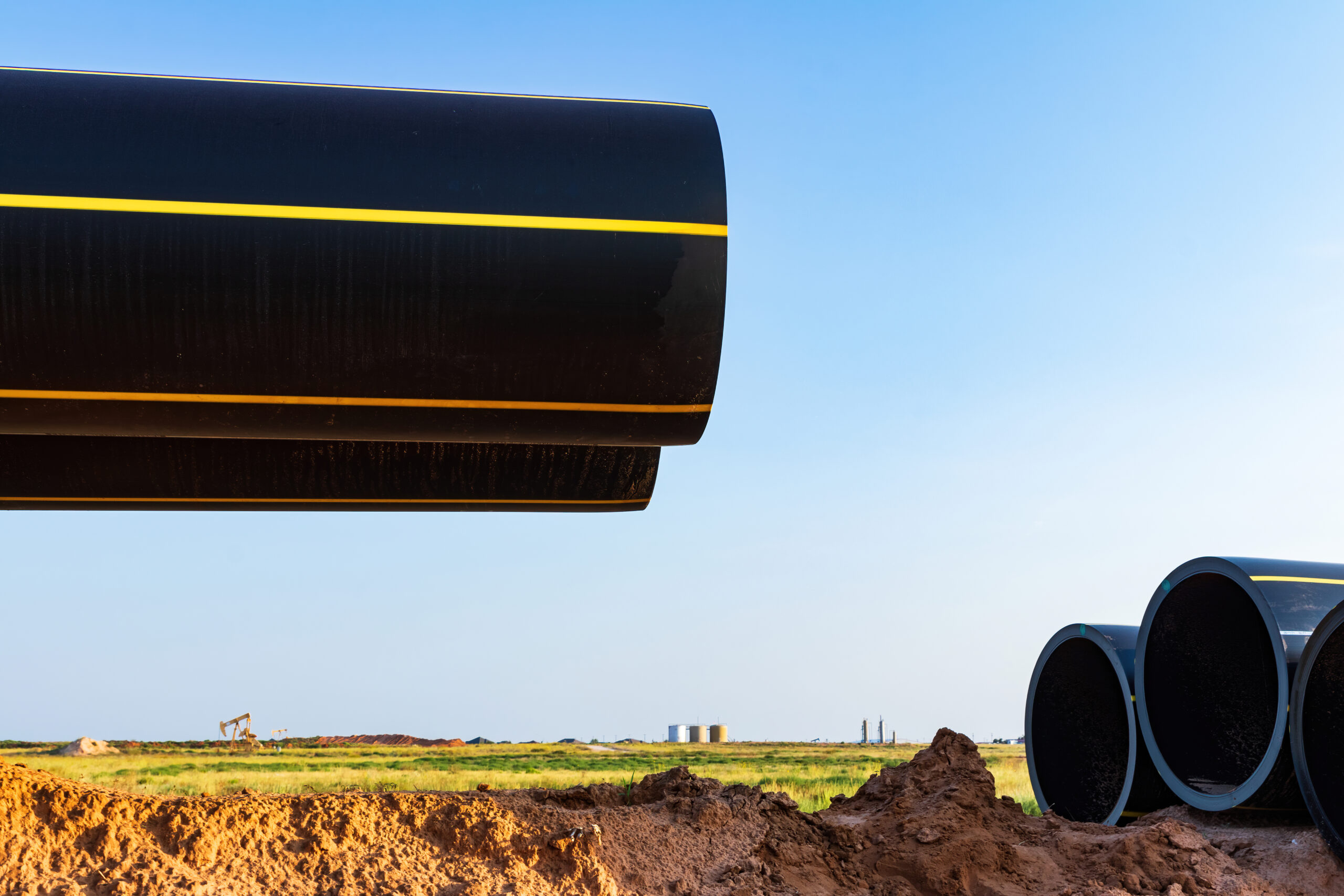Introduction
A burst pipe can cause significant damage to your home and business, leading to water leaks, flooding, and costly repairs. Knowing the steps to take in case of a pipe burst is crucial to minimize the damage and ensure your property is protected. In this article, we’ll guide you through the necessary actions to take when you face a burst pipe, ensuring a swift response and efficient resolution.
STEPS
Following these steps can help ensure a professional handles the burst pipe effectively.
1. Shut Off the Water Supply
The first and most critical step when a pipe bursts is to turn off the water supply to prevent further flooding. Locate the main water shut-off valve in your home, usually found near your water meter or basement. Turning off the water supply helps stop the flow of water and reduces the potential for extensive water damage.
2. Turn Off the Power
Water and electricity don’t mix well. If the burst pipe has led to standing water near electrical outlets or appliances, turn off the power to avoid the risk of electrical hazards or short circuits. Use the circuit breaker to cut off power to any affected areas.
3. Drain Remaining Water
After shutting off the water supply, allow any remaining water to drain. Open faucets in your home to let residual water flow out. This helps prevent further accumulation of water and minimizes the damage caused by water pressure.
4.Document the Damage for Insurance Claims
Once everything is under control, document the damage thoroughly. Take detailed photos and notes of the affected areas and any repairs made. Notify your insurance company about the burst pipe and submit your documentation. Insurance may cover the costs of repairs and restoration, depending on your policy.
How professionals can perform their role in this process
Below are the key steps professionals take when dealing with a burst pipe.
Assess the Damage
Once the immediate threat is under control, we will inspect the affected area to assess the damage. Look for standing water, wet drywall, carpets, furniture, and any other belongings that may have been affected.
. Dry Out the Affected Area
After the plumber repairs the pipe, it’s essential to dry out the affected area to prevent mold growth and further damage. Use dehumidifiers, fans, and open windows to help remove moisture from walls, carpets, and furniture. Proper ventilation is key to preventing long-term issues like mold infestations.
. Prevent Future Pipe Bursts
To avoid future pipe bursts, consider these preventive measures:
- Insulate pipes in cold areas to prevent freezing.
- Maintain and inspect your plumbing system regularly.
- Check for signs of wear or corrosion in old pipes.
- Insulate exposed pipes to minimize temperature fluctuations.
By taking proactive steps, you can reduce the risk of experiencing a burst pipe in the future.
Contact a Plumber
A licensed plumber will evaluate and repair the burst pipe. A professional plumber will have the expertise to fix the pipe properly, ensuring long-term solutions and preventing future occurrences. Be sure to describe the issue and the damage when scheduling the appointment.
Conclusion
A burst pipe can lead to extensive water damage if not handled promptly. Following these steps ensures a quick response and reduces the likelihood of long-term damage. Remember to shut off the water, contact a plumber, and take preventive measures to protect your home from future incidents. Stay vigilant, and if you ever face a burst pipe, you’ll be better prepared to handle it effectively.

